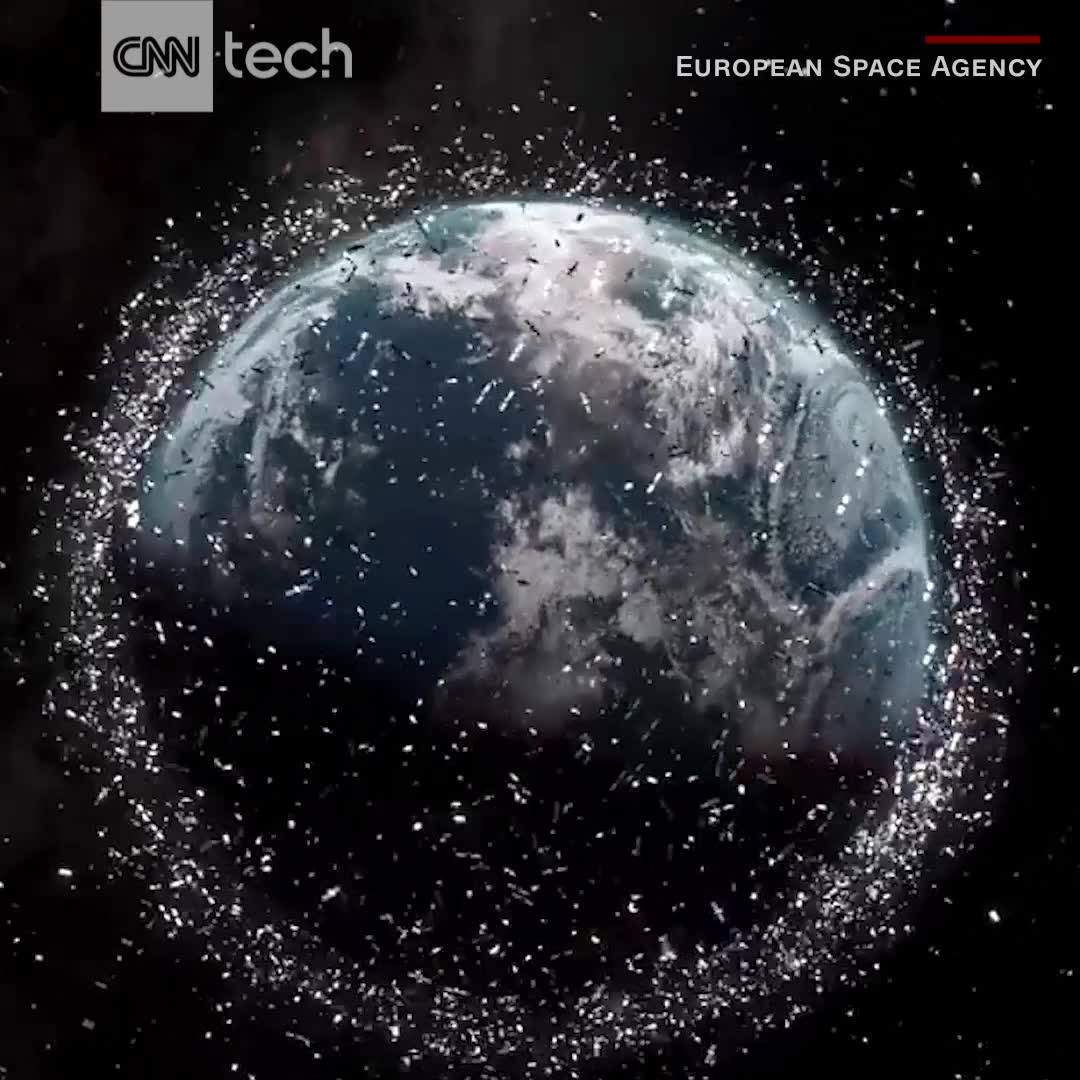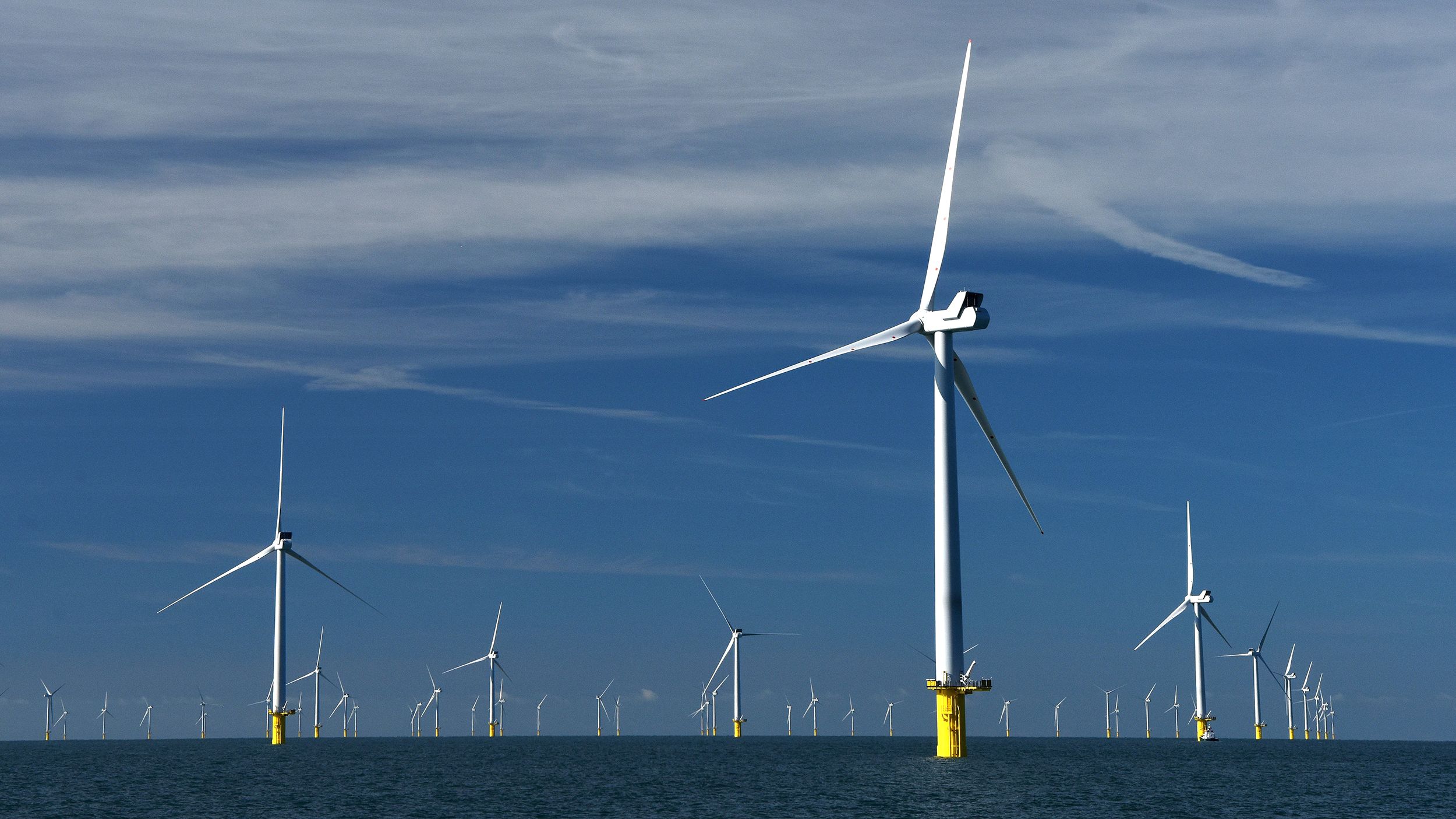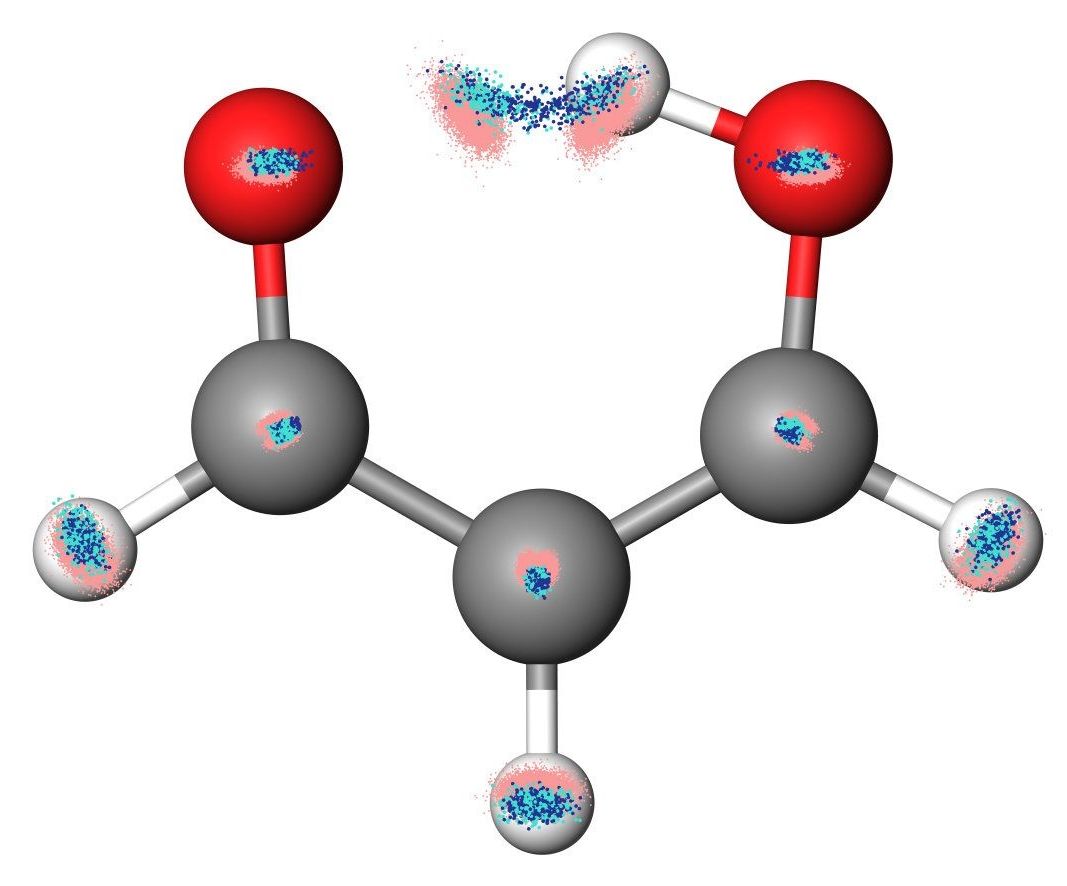Dubai’s police department has added a flying motorcycle to its arsenal. Capable of flying with or without a pilot, the bike will be used to help rescue missions and monitor traffic. Due to safety concerns, the bike won’t fly higher than 20 feet. Dubai officials plan to start using the vehicle within the next two years.
The flying motorcycle is just the latest piece of absurd technology the Dubai government has introduced in the last year. The bike will join the ranks of Dubai’s jetpack firefighters, flying taxis, and robot police officers.
Dubai’s push for new government technology is part of their plan improve services ahead of their world fair, Expo 2020, which is expected to attract 25 million visitors to the city.









